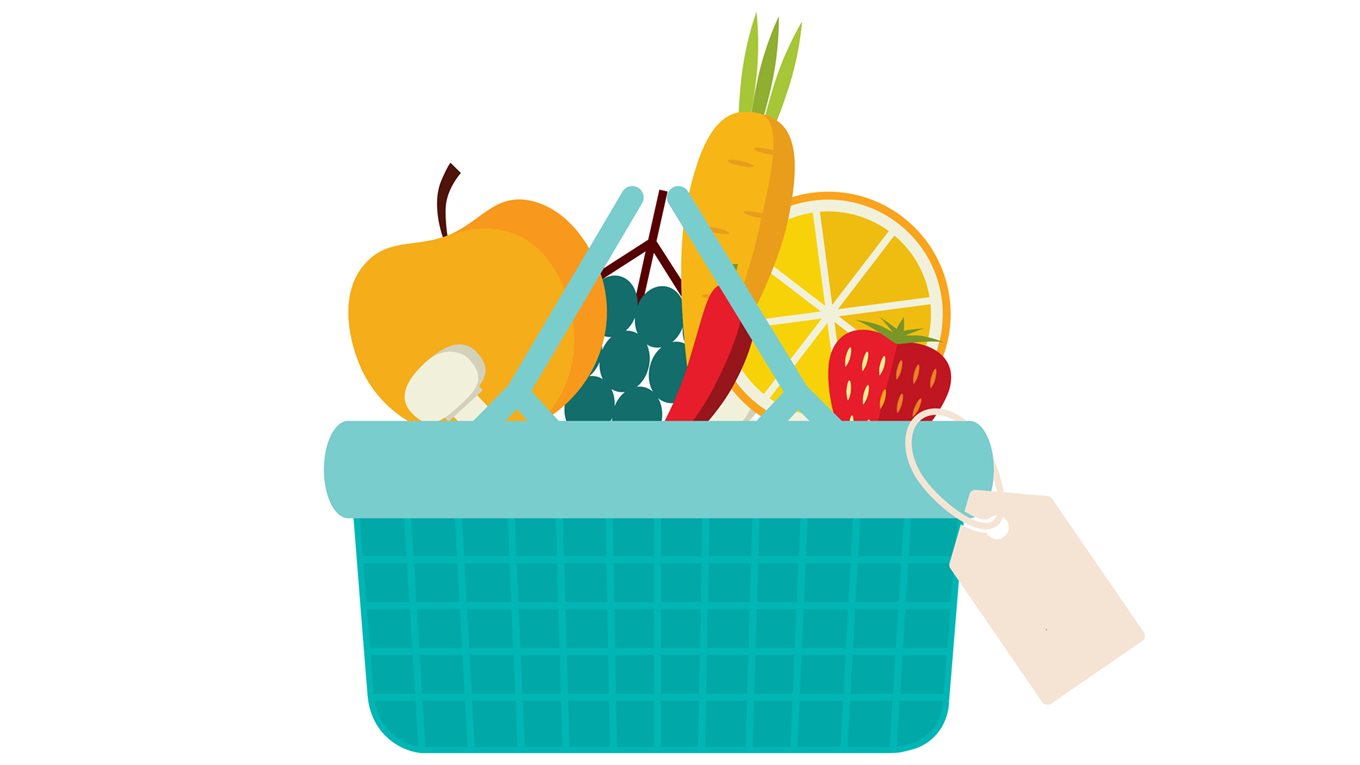Why we need to talk about food poverty

This article by Joana Da Silva, safefood's Chief Specialist in Nutrition, was recently published in the Irish Examiner newspaper. Joana describes our recent research into the cost of healthy food, and the challenges faced by people on a low income in affording a healthy diet.
This week, safefood published the fourth of our biennial research reports, which looks at the cost of a minimum acceptable healthy food basket which meets both nutritional and social needs for those in Ireland living on a low income. The report found that some families need to spend up to one third (35%) of their weekly take home income to afford this basket. In reality, this means that families may need to turn to food banks to get them through the week, parents may go without meals to ensure children are fed, or may resort to cheaper, less nutritious foods, which brings additional problems.
At present, almost 13% of the population are at risk of poverty while the consistent poverty rate is more than 5%. When we talk about food poverty, we’re focusing on an issue that encompasses both the lack of access to a nutritionally adequate diet and the impact this has on health. It can happen to anybody and can leave them in a very vulnerable place. For those on a low income who tend to eat less well, this can lead to inadequate nutrient intake and higher levels of excess weight. This can result in health complications like heart disease and Type 2 diabetes. Food poverty also impacts upon health through people’s ability to participate socially through food.
Our report found that food costs were highest for those households with two children where the older child was in secondary school – for these families, food costs are almost double that of a similar household with younger children.
For a household dependent on benefits, food costs represent a larger proportion of their income compared with those households where one adult was in employment. This paints a picture of the real challenges facing families on a tight budget in balancing the cost of a healthy, nutritious diet with other essential household expenses. It means families, single parents and pensioners have to make stark choices in how they spend their money. For example, this could be choosing whether to pay a bill, buy food, or deciding whether to use the gas or electricity to heat their house or cook.
One of the key challenges in addressing food poverty is that it’s not always visible. There is a lot of ‘hidden hunger’ around us, where people are trying to do their best and avoid the stigma of food poverty.
Feeding yourself or your family is such a fundamental, nurturing part of a dignified life. When that proves difficult, it can often lead to feelings of embarrassment, inadequacy and guilt. Because food is often the flexible part of the household budget, it is the first to feel the effects of a sudden job loss or unexpected domestic bill. The past 18 months have seen seismic changes in our society due to the Covid-19 pandemic and this has multiplied the pressure faced by those living with food poverty. Despite this, I see hope for the future.
In January 2020, the Government published the Roadmap for Social Inclusion 2020 – 2025 which laid out the ambition to “reduce consistent poverty to 2% or less and to make Ireland one of the most socially inclusive countries in the European Union”. One of the high-level goals of the roadmap is to reduce food poverty. There have also been improvements in the funded-school meals programme including the provision of hot school meals and food provided during school closures to prevent holiday hunger. We’ve also witnessed the positive impact of role models like Marcus Rashford who has raised awareness of food poverty and the spill-over that publicity has had on UK government policy.
At safefood, we have been funding Community Food Initiatives since 2010 and these sustainable community projects have a focus on food. They help develop lifelong food skills, influence healthier choices and can have a lasting impact on the health of children, adults and the wider community. Public health initiatives like information and awareness campaigns as well as early interventions have proven to be sustainable, effective and can exert a positive influence. They can also create a ‘multiplier effect’ in society – where behaviour change in one group can empower others to do the same. At safefood, we build partnerships across the island to encourage a joined-up public health approach so that changes are easier to make.
Research like our food basket survey, along with national policy initiatives and the efforts of public figures like Marcus Rashford means that more and more people are talking about food poverty. This helps reduce the stigma around it. By shaping public health interventions and supporting people with a dignity they deserve, we can help them access an acceptable, affordable and healthy diet.

